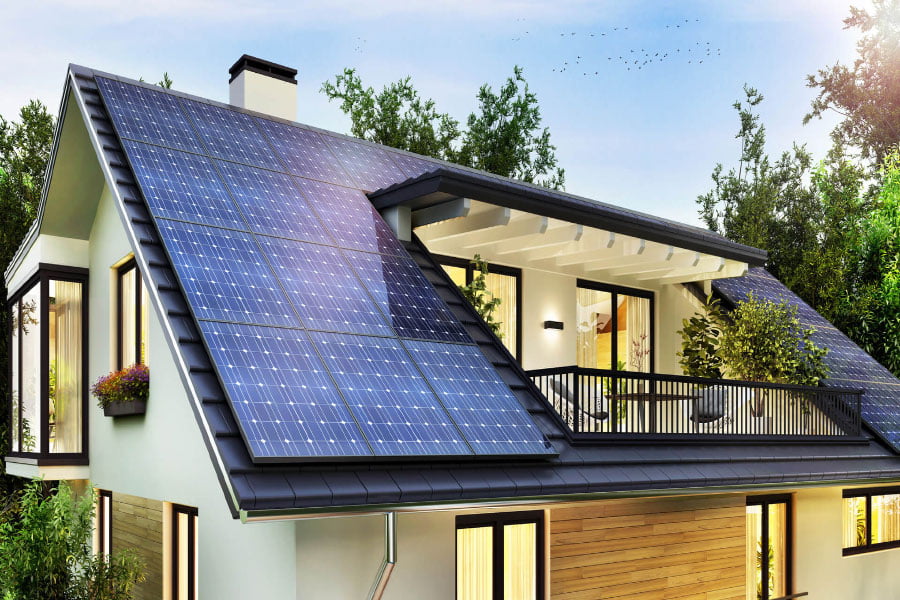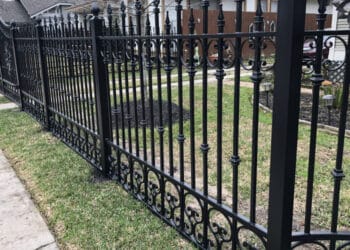Solar Renewable Energy Certificates, or SRECs for short, are a form of green tag in many states with state-based renewable portfolio standards (RPS). These markets help motivate utilities and energy suppliers to invest in clean energy.
As a result, solar system owners may receive additional income from selling their SRECs to energy suppliers or utilities. This extra income is a cherry on top of the solar sundae!
What Are SRECs?
Solar renewable energy certificates (SRECs) are a great way to earn money using your home’s solar energy. SRECs can also help you lower your energy bills.
SRECs are credits that represent 1 MWh of renewable energy generated by a solar power system. They are issued to homeowners and commercial businesses and can be purchased by utility companies.
They’re part of a statewide initiative called a Renewable Portfolio Standard, which helps states transition to renewable sources of electricity. Many RPS programs have a “solar carve-out,” which means that a certain percentage of the state’s renewable energy must come from residential and small commercial solar owners.
Utilities buy SRECs to meet their annual requirement under these standards. They do this to avoid paying a higher-value alternative compliance payment (ACP), which utilities must pay if they don’t meet the solar carve-out goals set by the state.
Once a utility meets its SREC purchase obligation, it sells the SRECs to other investors on an open market. The price of these SRECs fluctuates with supply and demand.
If you own a solar system and want to save money on your energy bill, consider signing a contract with an SREC aggregator on a long-term basis. This aggregator will then sell your SRECs for you and take a small portion of the sale. This is an excellent option for anyone who wants to maximize their return on their SREC investment but doesn’t have enough upfront capital to purchase a solar system.
How Do I Get SRECs?
Technically, solar renewable energy certificate (SRECs) are a market-based incentive to encourage electricity generation from solar power systems. Based on production estimates or actual meter readings, they are created at certified solar energy systems or farms.
SREC markets are only available in states with a state-specific policy mechanism called a “solar carve-out.” There are 17 states, plus Washington DC, with this solar carve-out and an active SREC market.
The solar carve-out is a policy mechanism that allows a portion of a state’s RPS to be met by solar energy. The PUC then enforces these mandates on utilities, requiring them to buy and use SRECs as proof of their renewable portfolio standards.
To earn SRECs, solar energy systems must be registered with the state’s SREC registry and certified by a local regulatory agency. This certification ensures that the system is eligible to produce SRECs and that each REC is appropriately tracked.
There are two ways to earn SRECs: on the spot market or by contract. With a spot market, credits are sold each month or quarter based on the current price and earnings, while with a warranty, SRECs are locked in for a set number of years at a fixed price per credit.
Using an aggregator to sell your SRECs is often a good option because it will help you avoid the hassle of selling them individually on the open market. It can also save you money by ensuring a fair value for your SRECs. The top aggregators include SRECTrade, Sol Systems, and Knollwood Energy.
How Do I Sell My SRECs?
Solar owners can sell their SRECs through several methods, depending on state regulations and market policies. SRECs can be sold on the spot market or secured through a contract for a set amount of time.
The first step is registering your solar system with the Public Service Commission and activating it within the Generation Attribute Tracking System (GATS). Once this is complete, you can begin selling your SRECs.
SRECTrade and Sol Systems are the top platforms for buying and selling SRECs. They are similar to stock brokers taking percentage-based fees to facilitate your transaction.
You can also sell your SRECs to a Load Serving Entity, or LSE, a utility company that must buy SRECs to meet its renewable portfolio standards (RPS). The price of an SREC varies by state and can change rapidly.
Utilities are the primary purchasers of RECs to meet state mandates, but they can also buy them for nonregulatory purposes on what is known as the voluntary market. Companies and individuals who want to go green can buy RECs in that market.
If you are a residential or commercial customer who has installed solar, you can sell your SRECs directly to a utility company and receive cash back for your energy credits. This can be a great way to make money from your energy savings and offset your out-of-pocket installation costs.
How Do I Know if My SRECs Are Worth the Money?
Investing in solar energy has never been more affordable, thanks to federal tax credits and state incentives. But before you buy a solar system, you need to know if your investment is worth it. One way to do this is by understanding how Solar Renewable Energy Certificates, or SRECs, work.
SRECs are non-tangible energy credits a homeowner can earn when their solar panel system generates power for a utility company. These credits can be credited toward your electric bill.
Most utility companies must meet a certain percentage of their electricity generation from renewable sources like solar or wind. They purchase SRECs from homeowners who have installed solar systems to do this.
The value of these SRECs varies widely depending on the location, time of year, and market conditions. Typically, utility companies pay a lower price for SRECs if they are short on their annual renewable energy quota.
This allows them to avoid paying Alternative Compliance Payments for not meeting their quota. In addition, it creates a market for SRECs and helps drive growth in the solar industry.
In 16 states, solar carve-outs have been added to RPS standards. These carve-outs allow utilities to buy SRECs from solar owners to satisfy their RPS requirements. This helps drive the SREC market and gives energy suppliers a reason to build or purchase solar projects.





